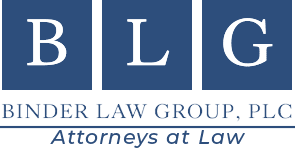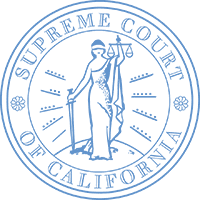Uber Accidents in the San Fernando Valley: How to Protect Yourself
The San Fernando Valley, a bustling region of Los Angeles, is known for its vibrant culture and heavy traffic. With the rise of rideshare services like Uber, the number of vehicles on the road has increased significantly. While these services provide convenience, they also come with risks. Understanding the common causes of accidents involving Uber drivers, who may be held responsible, and what steps to take after an incident can empower riders and drivers alike.
Common Causes of Uber Accidents
Accidents involving Uber vehicles can stem from various factors, many of which are similar to those seen in traditional vehicle collisions:
-
Distracted Driving: One of the leading causes of accidents today is distracted driving. This includes activities such as texting or checking navigation systems while behind the wheel. For rideshare drivers who may be constantly interacting with their apps for pickups and drop-offs, this distraction can lead to dangerous situations.
-
Speeding: The pressure to maintain high ratings and complete more rides can tempt some drivers to speed. Excessive speed reduces reaction time and increases the severity of any potential accidents.
-
Driving Under Influence: Although Uber aims to provide safe transportation options, incidents still occur when drivers operate under the influence of drugs or alcohol—either prior to accepting rides or during shifts.
-
Inexperienced Drivers: Rideshare platforms often have minimum requirements for driver experience; however, some individuals may not possess adequate driving skills or familiarity with local roads, increasing accident risk.
-
Poor Road Conditions: Potholes, construction zones, and poor weather conditions can contribute significantly to accidents in any urban area including the San Fernando Valley.
Who is Typically Responsible?
Determining liability in an accident involving an Uber vehicle can be complex:
-
Uber Driver: If a driver was negligent—such as by speeding or driving recklessly—they may be held responsible for damages caused during an accident.
-
Uber Technologies Inc.: Depending on circumstances surrounding the accident (for example, if it occurred while a driver was actively engaged with a passenger), Uber itself might bear some responsibility under vicarious liability laws.
-
Other Drivers: In many cases, another motorist’s negligence could be at fault for causing an accident involving an Uber vehicle.
-
Third Parties: Other factors such as defective vehicle parts or poorly maintained infrastructure might also play roles in determining responsibility.
Steps to Take After an Accident
If you find yourself involved in an accident while using Uber services—whether as a passenger or another driver—it’s essential to follow specific steps:
-
Ensure Safety First: Move out of harm’s way if possible and check for injuries among all parties involved.
-
Call Emergency Services: If there are injuries or significant damage, contact emergency responders immediately.
-
Document Details: Gather information including photos of the scene, witness statements, insurance details from all parties involved (both driver’s license plates and insurance cards), and any relevant police reports.
-
Notify Uber: Use the app to report your trip details along with any incident information so that they have a record on file.
-
Seek Medical Attention: Even if you feel fine initially after an accident, it’s wise to see a medical professional who can identify any latent injuries that might arise later.
How These Companies Handle Accident Claims
Uber has established protocols for handling claims arising from accidents involving its drivers:
-
Upon receiving notification about an incident through their app or customer service channels, they typically conduct internal investigations which may involve reviewing GPS data from trips taken during that timeframe.
-
Claims are often processed through insurance policies that cover both drivers and passengers within certain limits set by state regulations; California mandates specific coverage amounts for rideshare companies.
-
Victims may receive compensation directly through their own insurance policies first before pursuing claims against either party involved in causing harm during the accident.
What Victims Should Know About Seeking Compensation
Navigating compensation claims following an Uber-related accident involves understanding several critical points:
-
Insurance Coverage Limits: Familiarize yourself with California’s minimum insurance requirements for rideshare companies; this knowledge will help clarify what compensation you might expect based on your situation.
-
Documentation is Key: Keep thorough records related to your medical treatment costs and any other expenses incurred due to your injury (like lost wages). This documentation will support your claim when seeking compensation.
-
Time Limits Apply: Be aware that California has statutes of limitations concerning personal injury claims; generally speaking, victims have two years from the date of injury to file suit against liable parties.
-
Consider Professional Guidance: While this article doesn’t delve into legal strategies specifically tailored toward individual cases, engaging with professionals familiarized with rideshare-related incidents can offer valuable insights into navigating claims processes effectively without jeopardizing potential recovery outcomes.
By equipping oneself with knowledge about common causes behind accidents involving Ubers in San Fernando Valley along with practical steps post-incident—and understanding how these companies manage claims—individuals can better protect themselves while utilizing these modern transportation services responsibly and safely amidst LA’s busy streets.











